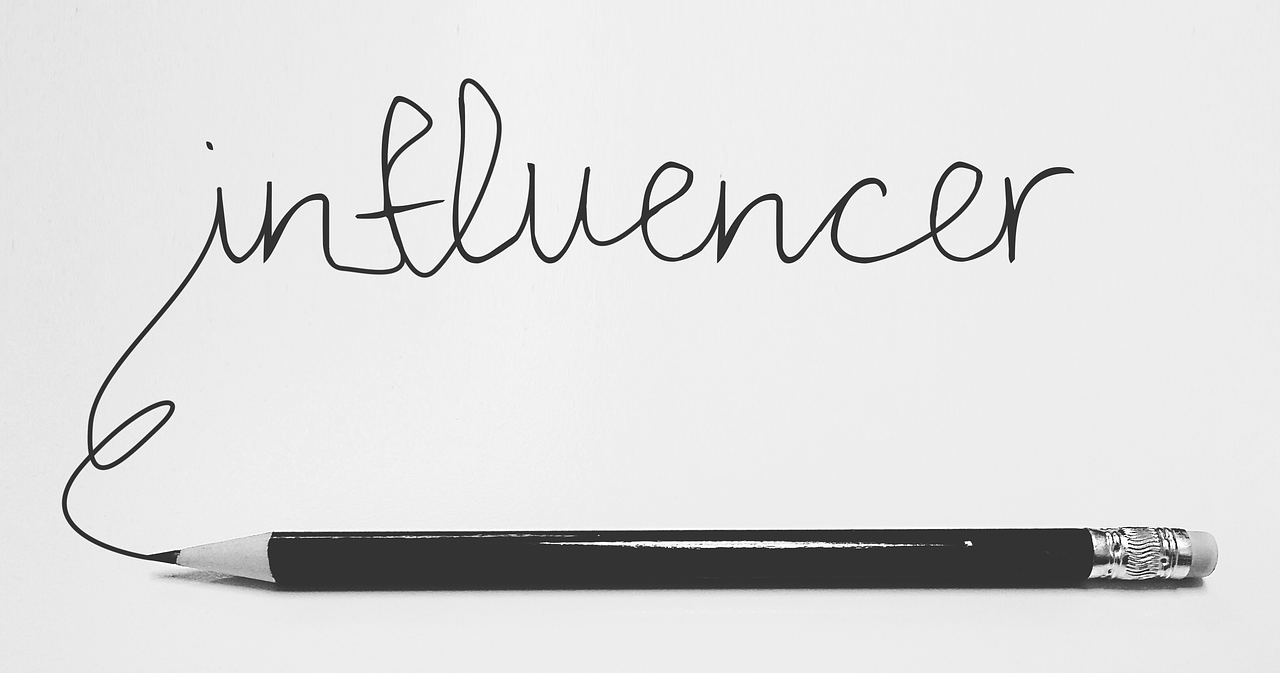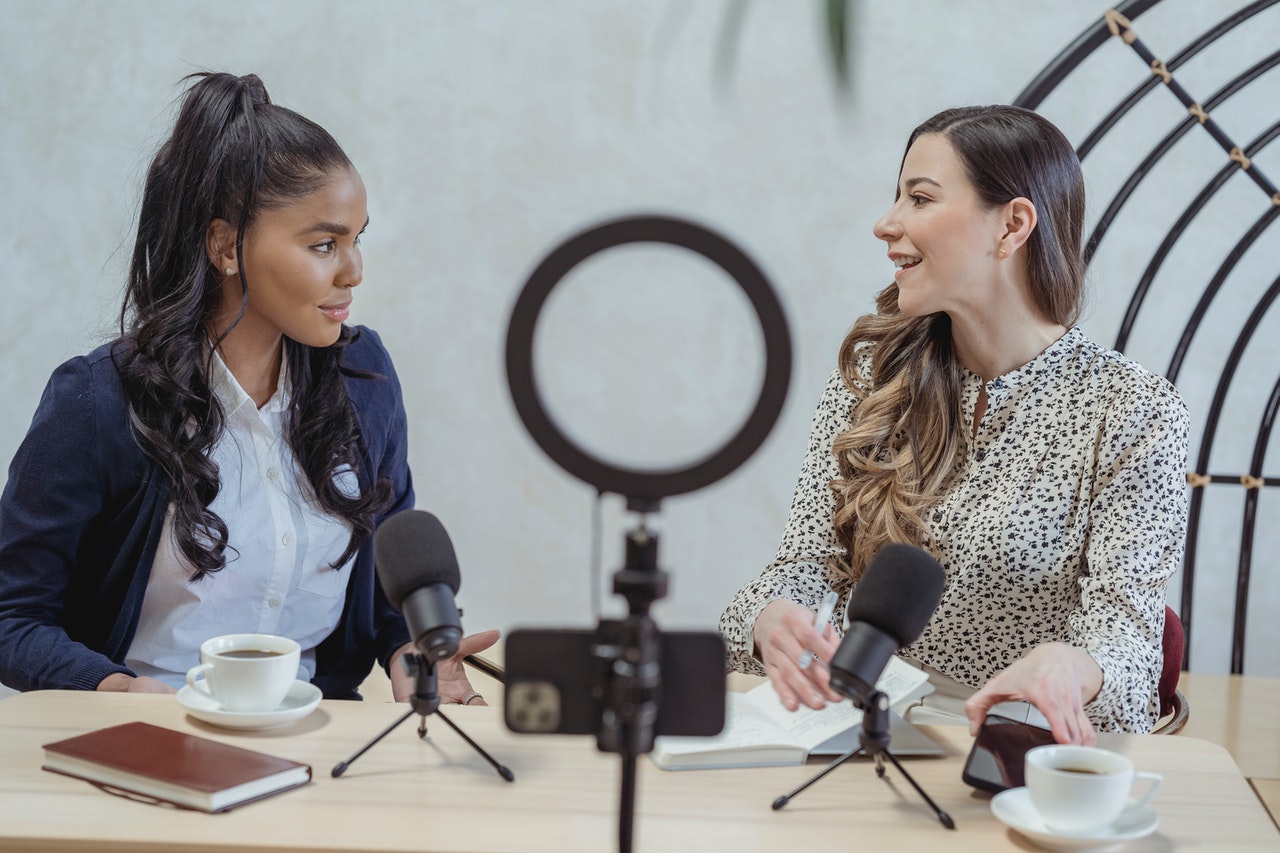The role of social influencers for brand marketing has been valuable during the last decade. By endorsing brands and products, they enable businesses to capitalize on their extensive following and reach in the competitive markets.
The word-of-mouth of these popular social content creators nurtures consumer trust to boost sales and drive revenues for brands. But like every other aspect of the business, the pandemic has changed the influencer marketing landscape as well.
At the first glance, you will perceive the situation to be negative for influencers because marketing budgets are no longer the same. Brands are cutting down their spending and these collaborations seem to be in danger.
Moreover, a majority of influencers had a stronghold in industries like travel and fashion, which are in deep crisis right now. However, things wouldn’t look that depressing if you dig deeper. Along with the challenges, there are new opportunities for influencer partnerships as well.
Here are some ways in which the pandemic has changed the landscape across this marketing channel.
As social outings are limited and people are cooped up indoors, social media has witnessed a rapid upsurge in popularity. People are spending more time on these platforms, which means that popular influencers have a big chance to onboard more followers and grow their reach.
Moreover, the engagement for compelling social posts is much higher than it ever was. There couldn’t be a better time than this to invest in partnerships that can get a greater reach for your brand.
Businesses in consumer product markets, in particular, have made a massive switch to get the make the best of the opportunity.
2. The hiatus of traditional ads
 Right now, the traditional forms of advertising aren’t viable for businesses because they cost a fortune, and marketing budgets are dwindling.
Right now, the traditional forms of advertising aren’t viable for businesses because they cost a fortune, and marketing budgets are dwindling.
Moreover, conventional campaigns hardly align with the changed lifestyle, preferences, and routine of the potential buyers. Influencer marketing has reaped the benefits of this hiatus of traditional campaigns.
The content creators on social platforms are quick at creating, producing, and shooting broadcast content.
This makes it a far more cost-effective tactic as compared to conventional advertising. What’s more, many influencers even have audience sizes comparable to TV channels.
3. The growing value of useful content
The pandemic has changed the mindset of the consumers as they don’t just want great products, rather they want brands to go the extra mile for delivering value. This mindset works in favor of content creators who share useful content that is capable of pulling views and likes.
For example, home, lifestyle, and fitness content has seen massive growth during the COVID-era. With such unprecedented access to consumers, influencer marketing serves as an ideal means to deliver them the value they expect.
Informative content not only engages the customers but also builds trust and authority for the brand in the long run.
4. Content is no longer transaction-based
When it comes to useful content, brands and influencers realize that anything that is transaction-based wouldn’t work. This has led to a shift in communication and messaging.
At this stage, there is a move from product promotion to brand value. Right now, pushing merchandise in this economy is a challenge, so the crisis has made businesses switch to relationship-based marketing.
With this approach, content creators have greater control over the content and messaging which is something that brands used to monopolize earlier. It can make brand interactions more human and the benefits will be seen in the form of stronger relationships with the customers in the future as well.
5. The rise of TikTok as an influencer marketing channel
Another remarkable impact of the pandemic on the influencer marketing landscape is in the form of the rise of TikTok during the phase.
Prior to the crisis, Instagram and Facebook were seen as the key channels. But the sudden growth in the popularity of TikTok influencer marketing had come as an unexpected surprise.
The channel has a happy vibe, which is the key reason for its success. It is more about creativity rather than spreading fake news and having negative conversations. Now that this channel is big, both brands and influencers have more options to reach out to the consumers.
6. Shorter lead times for campaigns
Despite everything not being great about the COVID-phase, several brands have experienced shorter lead times for their influencer campaigns.
Many YouTubers and Instagrammers have become household names overnight, thanks to the amazing content they share. Since events and endorsements are on a halt, for now, these content creators are investing all their creativity in producing productive and compelling content.
As a result, brands are seeing exceptional results within weeks, rather than months as it would ordinarily happen.
7. Transition in campaign performance metrics
 When it comes to measuring the performance of influencer campaigns right now, the performance metrics are no longer the same.
When it comes to measuring the performance of influencer campaigns right now, the performance metrics are no longer the same.
If a brand wants to measure the impact of a campaign, it cannot just rely on the direct sales figures coming from the affiliate. Rather, they will have to assess metrics around social engagement and track them further to see if there are any leads generated ahead.
It wouldn’t be right to take a one-size-fits-all approach to performance measurement. The better way to do it is by rebuilding the chain to understand what works and what doesn’t.
Clearly, the pandemic has come ahead as a shock for businesses in many ways and things are not the same. A different approach to influencer marketing is an impact you cannot sideline.
The other forms of advertising are expensive, so it makes sense to leverage the immense reach of social influencers to connect with the audience. Needless to say, they add the human factor to your outreach and make your brand more relatable and reliable for the audience.
Contrary to the negative outlook for influencer marketing in the initial phases of the pandemic, things look much better and brighter for the strategy today. There is much that lies on the horizon, so brands should go ahead and embrace these meaningful collaborations sooner rather than later.

The Ideas Plus Business Editorial team is responsible for this post. For collaborations and partnership requests, kindly send an email to the Editorial Team at ideasplusbusiness[at]gmail[dot]com for the terms and conditions. You can also follow IdeasPlusBusiness.com on Twitter here and like our page on Facebook here.
